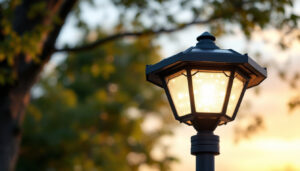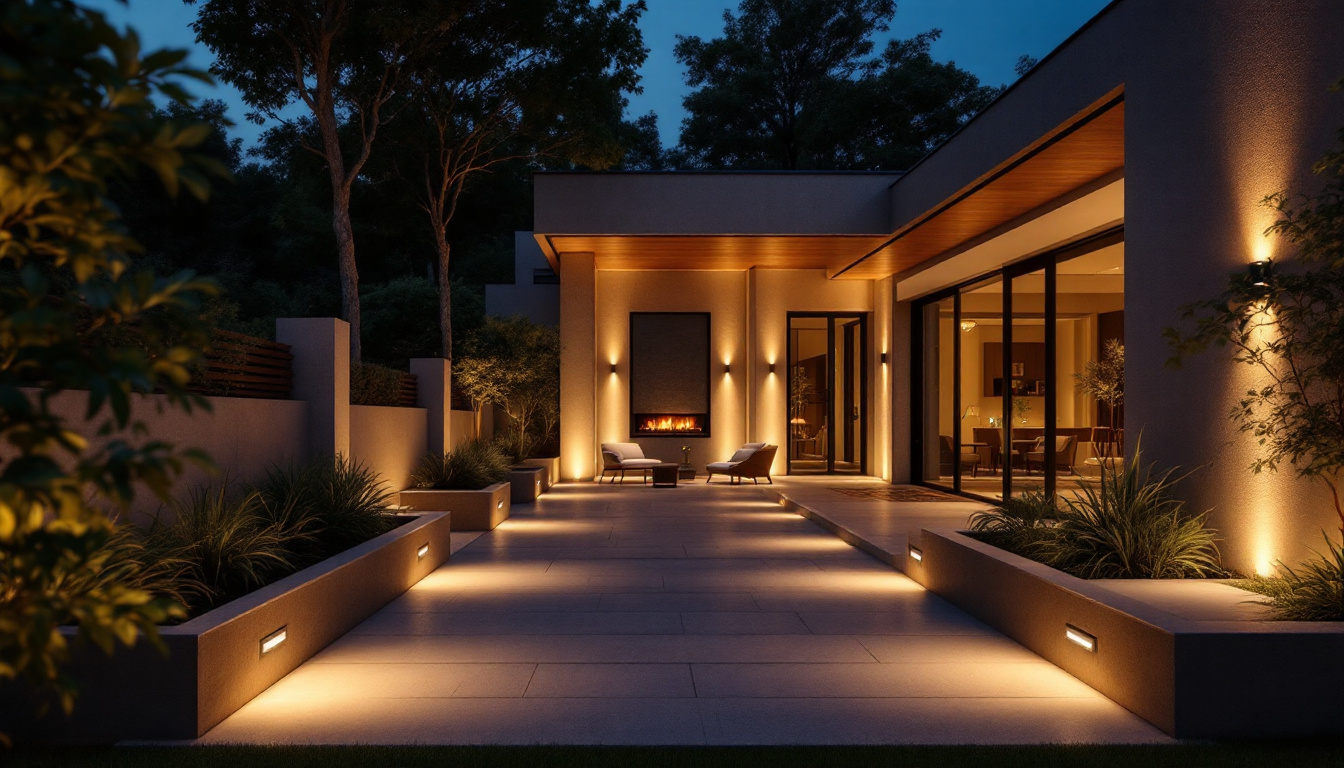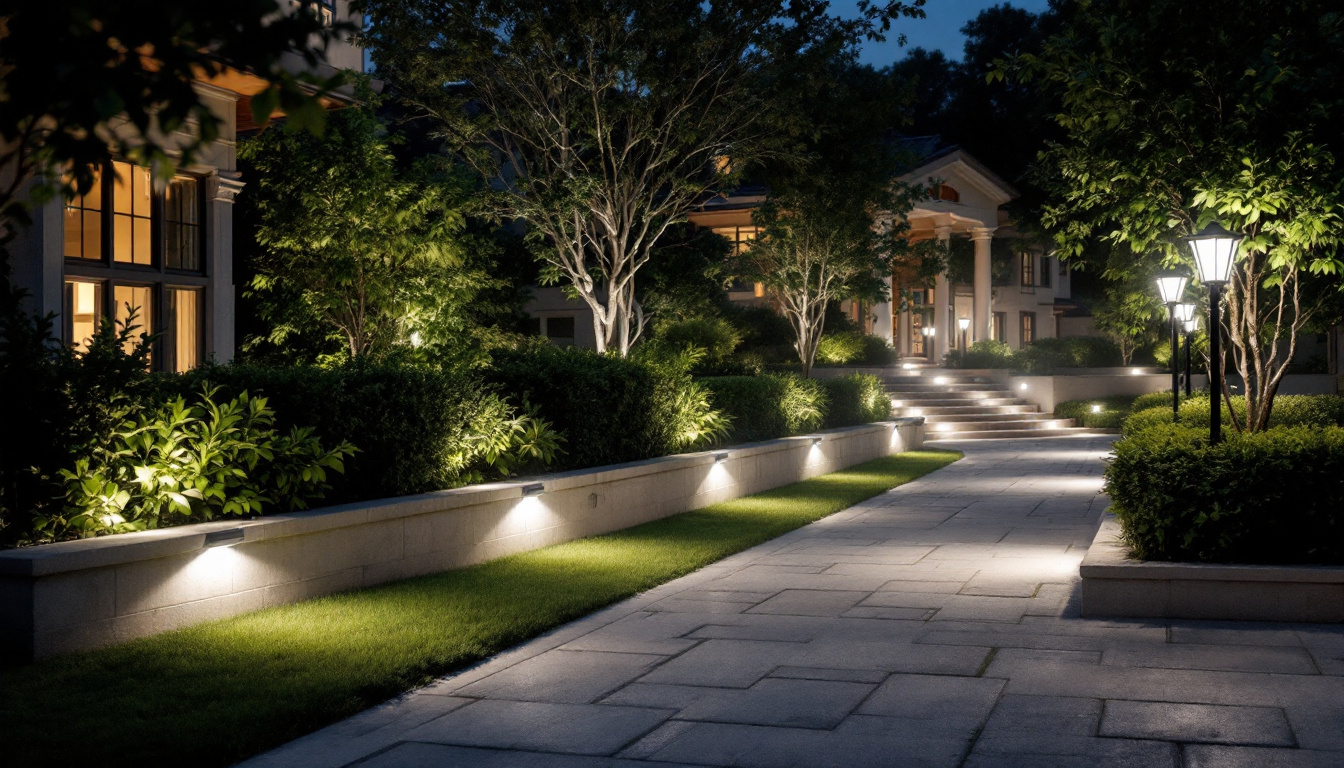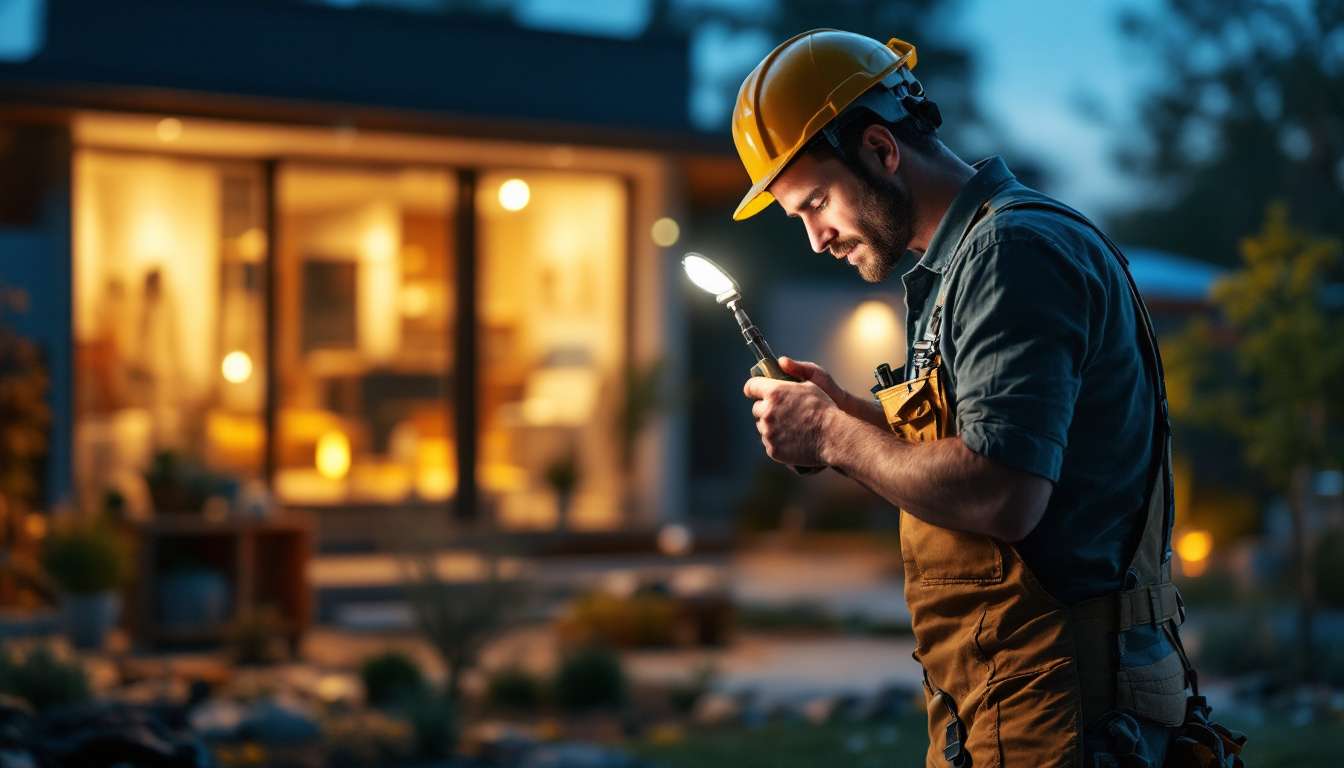

recessed outdoor lighting has become an essential component of modern landscape design, providing both functionality and aesthetic appeal. For lighting contractors, understanding the nuances of recessed lighting installation can significantly enhance the quality of their work and the satisfaction of their clients. This article explores various approaches that smart lighting contractors can take when working with recessed outdoor lights.
Recessed outdoor lights, also known as can lights or pot lights, are fixtures that are installed into a hollow opening in a ceiling or wall. They are designed to provide ambient, task, or accent lighting, depending on their placement and type. These fixtures are particularly popular for outdoor applications due to their sleek appearance and ability to blend seamlessly with the surroundings.
When installed correctly, recessed lights can enhance the safety and security of outdoor spaces while also highlighting architectural features and landscaping. However, the installation process can be complex, requiring a thorough understanding of electrical systems, weatherproofing, and design principles. Proper installation not only ensures functionality but also maximizes the aesthetic appeal of the outdoor environment, making it essential to consult with professionals who specialize in outdoor lighting design.
One of the primary advantages of recessed outdoor lighting is its ability to create a clean and uncluttered look. Unlike traditional outdoor fixtures that can protrude and become obtrusive, recessed lights sit flush with surfaces, allowing for a more streamlined aesthetic. This is particularly beneficial in contemporary designs where minimalism is key. Moreover, the unobtrusive nature of these lights means that they can be used in various settings, from residential patios to commercial outdoor dining areas, enhancing the overall ambiance without detracting from the decor.
Additionally, recessed lights can be strategically placed to provide targeted illumination, enhancing safety in pathways, patios, and other outdoor areas. By illuminating specific zones, these lights can reduce the risk of accidents while also creating inviting atmospheres for gatherings or quiet evenings outside. For instance, placing lights along walkways not only guides guests safely but also adds a touch of elegance to the outdoor landscape, making it more enjoyable for nighttime use.
When planning for recessed outdoor lighting, several design considerations must be taken into account. The first is the type of light source to be used. LED lights are often the preferred choice due to their energy efficiency, longevity, and versatility. They come in various color temperatures, allowing contractors to create different moods and effects. For example, warmer tones can create a cozy atmosphere, while cooler tones may enhance the modernity of a space. This flexibility makes LED recessed lighting an ideal option for any outdoor setting.
Another critical factor is the placement of the fixtures. Proper spacing is essential to ensure even illumination without creating harsh shadows or overly bright spots. Contractors should consider the height of the ceiling or wall, the intended use of the space, and the surrounding landscape when determining the optimal locations for recessed lights. Additionally, incorporating dimmer switches can provide further control over the lighting intensity, allowing homeowners to adjust the ambiance according to the occasion, whether it’s a lively outdoor party or a serene evening under the stars.
The installation of recessed outdoor lights requires a combination of technical skills and an eye for design. Proper installation ensures that the lights function effectively and last for years to come. Below are some key techniques that lighting contractors should employ during the installation process.
Before beginning the installation, it is crucial to assess the existing electrical system. Contractors should ensure that the circuit can handle the additional load from the recessed lights. This may involve upgrading the circuit or adding a dedicated line to support the new fixtures.
Additionally, all wiring must be weatherproof and suitable for outdoor use. Using conduit and junction boxes that are rated for exterior applications will help protect the electrical components from moisture and other environmental factors. It is also advisable to install ground fault circuit interrupters (GFCIs) to enhance safety, as these devices can automatically cut off power in the event of a ground fault, reducing the risk of electric shock in wet conditions.
Once the electrical considerations have been addressed, the next step is to cut the openings for the recessed lights. This requires precision to ensure that the fixtures fit snugly and securely. Using a template can help achieve uniformity in the cuts, especially when installing multiple lights.
After cutting the openings, contractors should mount the fixtures according to the manufacturer’s instructions. This typically involves securing the housing to the framing and connecting the electrical wiring. It is essential to follow all safety protocols during this process to prevent accidents and ensure compliance with local building codes. Furthermore, it is beneficial to consider the placement of the lights carefully; factors such as the angle of illumination and the surrounding landscape can greatly influence the overall ambiance and functionality of the outdoor space. For instance, strategically placing lights to highlight pathways or garden features not only enhances safety but also adds an aesthetic appeal to the outdoor environment.
The market offers a wide range of recessed outdoor lighting fixtures, each designed for specific applications and environments. Selecting the right fixture is crucial for achieving the desired lighting effect and ensuring durability.
There are several types of recessed lights available, including adjustable, fixed, and wall-wash fixtures. Adjustable lights allow for directional lighting, making them ideal for highlighting specific features, such as trees or architectural elements. Fixed lights, on the other hand, provide uniform illumination and are often used for general lighting in outdoor spaces.
Wall-wash fixtures are designed to cast light evenly across vertical surfaces, creating a dramatic effect on walls or fences. When selecting fixtures, contractors should consider the intended use of the space and the overall design aesthetic to choose the most suitable options.
Outdoor lighting fixtures must be able to withstand various weather conditions, including rain, snow, and extreme temperatures. Contractors should look for fixtures that are rated for outdoor use and have appropriate IP (Ingress Protection) ratings to ensure they can resist moisture and dust.
Materials also play a significant role in the durability of recessed lights. Stainless steel, aluminum, and high-quality plastics are commonly used in outdoor fixtures due to their resistance to corrosion and UV damage. Investing in high-quality fixtures can lead to long-term savings by reducing the need for replacements and repairs.
As technology continues to evolve, smart lighting solutions have gained popularity among homeowners and contractors alike. Integrating smart technology into recessed outdoor lighting can enhance functionality and provide added convenience.
Smart recessed outdoor lights offer several advantages, including remote control access, scheduling capabilities, and the ability to customize lighting scenes. Homeowners can adjust the brightness, color, and timing of their outdoor lights through smartphone apps or voice-controlled devices, providing a level of convenience that traditional lighting cannot match.
Moreover, smart lighting systems can contribute to energy savings. By allowing users to schedule lights to turn on and off automatically, these systems can help reduce energy consumption and lower utility bills. This feature is particularly appealing to environmentally conscious homeowners.
Installing smart recessed outdoor lights requires additional considerations compared to traditional fixtures. Contractors should ensure that the chosen smart system is compatible with the existing electrical infrastructure and that all necessary components, such as hubs or bridges, are included in the installation.
Furthermore, proper configuration of the smart system is essential for optimal performance. This may involve setting up Wi-Fi connections, downloading apps, and ensuring that all devices are synced correctly. Providing clients with clear instructions on how to use their new smart lighting system can enhance their overall satisfaction and confidence in the technology.
One of the simplest maintenance tasks is to clean the fixtures regularly. Dust, dirt, and debris can accumulate on the lenses, diminishing the quality of light output. A gentle wipe with a soft cloth can help maintain brightness and clarity.
Additionally, contractors should recommend checking the electrical connections periodically. Loose or corroded connections can lead to flickering lights or complete failure. Ensuring that all components are secure and in good condition can prevent costly repairs down the line.
Despite proper installation and maintenance, issues may still arise with recessed outdoor lights. Common problems include flickering lights, inconsistent brightness, or complete outages. Contractors should be prepared to troubleshoot these issues effectively.
For flickering lights, it is essential to check the compatibility of the bulbs with the fixtures and ensure that all connections are secure. Inconsistent brightness may indicate a problem with the dimmer switch or a need for bulb replacement. If lights are completely out, verifying the circuit and checking for blown fuses or tripped breakers can often resolve the issue.
Recessed outdoor lighting presents an opportunity for lighting contractors to enhance their projects with stylish and functional solutions. By understanding the benefits, installation techniques, fixture selection, and smart technology integration, contractors can deliver exceptional results that meet the needs of their clients.
As the demand for sophisticated outdoor lighting continues to grow, staying informed about the latest trends and technologies will be essential for contractors looking to remain competitive in the industry. By adopting these smart approaches to recessed outdoor lighting, contractors can elevate their work and create stunning outdoor environments that delight homeowners and enhance property value.
Ready to take your outdoor lighting projects to the next level? At LumenWholesale, we provide lighting contractors with the high-quality, spec-grade recessed outdoor lighting solutions you need to impress your clients and illuminate their spaces beautifully. Our direct-to-contractor model ensures you get the best value without the extra markups, and with free shipping on bulk orders, you can stock up on superior lighting products while keeping your costs down. Elevate your lighting game and give your projects the brilliance they deserve. Discover our extensive selection and enjoy the benefits of working with a trusted wholesale partner. Wholesale Lighting at the Best Value is just a click away.

Explore the essential insights every lighting contractor needs to know about recessed can lights.

Illuminate your outdoor spaces with confidence using our comprehensive guide on exterior flood lights.

Discover the top high bay LED lights with our comprehensive checklist tailored for lighting contractors.

Discover the pitfalls lighting contractors often face with Tekscrews.
Get notified when NEW deals are released.
Optimize your budget with wholesale discounts.
Only top-quality, specification-grade lighting products.
No additional costs at checkout - what you see is what you pay.
We understand the unique needs of contractors.